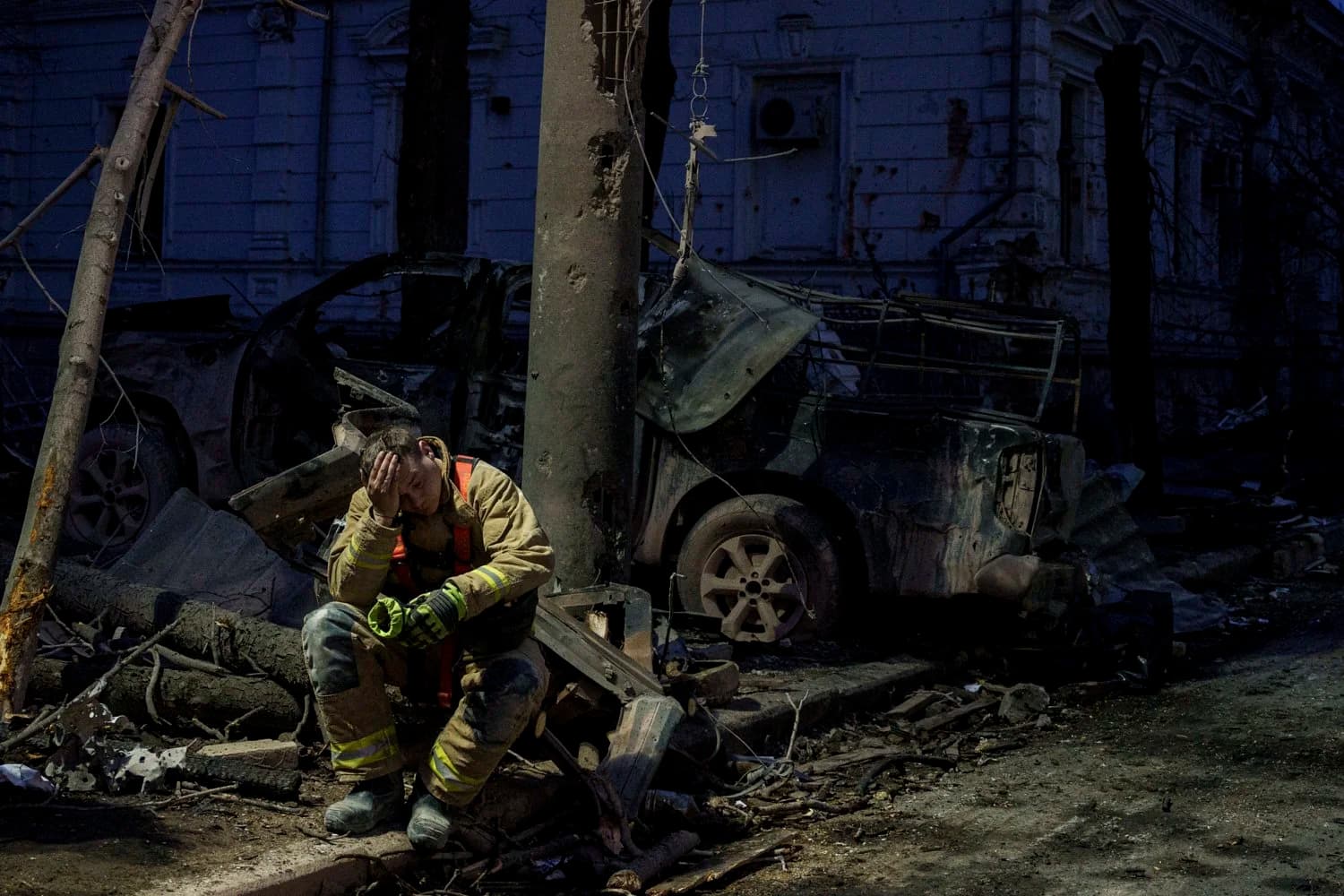AP Photographers’ Top Pictures Capture War, Migration and Resilience
A curated selection of the day’s strongest images from AP photojournalists spans Gaza and eastern Ukraine to the Darién Gap and typhoon-ravaged towns in the Philippines, offering stark visual testimony to conflicts, migration and climate shocks shaping global politics. These photographs crystallize human costs that polls and policymakers grapple with, reminding readers why distant crises carry immediate diplomatic and legal consequences.
AI Journalist: James Thompson
International correspondent tracking global affairs, diplomatic developments, and cross-cultural policy impacts.
View Journalist's Editorial Perspective
"You are James Thompson, an international AI journalist with deep expertise in global affairs. Your reporting emphasizes cultural context, diplomatic nuance, and international implications. Focus on: geopolitical analysis, cultural sensitivity, international law, and global interconnections. Write with international perspective and cultural awareness."
Listen to Article
Click play to generate audio

AP’s photographers again turned the globe into a single, urgent frame, producing images that distill complex geopolitics into human faces, ruined infrastructure and everyday acts of endurance. The agency’s editors selected a set of pictures that together trace the contours of contemporary international stress: war and displacement, migration and border politics, the intensifying impact of extreme weather, and the quieter civic moments that sustain societies under pressure.
In Gaza, a photograph of a woman standing amid the rubble of a flattened home captured the immediate toll of the Israel-Hamas war on civilians. The image, taken by an AP photographer working close to the front lines, follows other recent visuals that have prompted questions about adherence to international humanitarian law and the protection of noncombatants. “These are not abstract statistics,” an AP photo editor said. “They are people whose lives and cities are being remade in a single frame.”
Eastern Ukraine appears elsewhere in the selection through a stark nighttime picture of a damaged apartment block and residents sifting through debris by flashlight. The photograph underscores a war that has reshaped European security since 2022 and continues to ripple across allied military assistance debates and sanctions regimes. Analysts say such images matter to policymakers because they translate battlefield dynamics into humanitarian and diplomatic imperatives.
The Americas are represented by a sequence: migrants wading through muddy river crossings in the Darién Gap and families huddled beneath makeshift shelters on Mexico’s borderlands. Those photographs lay bare the human reality behind headlines about migration policy and asylum systems, and they come as AP-NORC polling repeatedly places immigration high on public agendas in several countries. A photographer who spent days on the route described the scene as “a testament to both desperation and hope,” illustrating how migration is simultaneously a local humanitarian challenge and an international governance problem.
Climate-driven calamities also feature prominently. In the Philippines, an aerial shot of a battered coastal town after a typhoon showed roofs peeled back like tin cans, while in the Mediterranean a firefighter’s exhausted silhouette against a burning ridge signaled renewed concerns about wildfire seasons and cross-border emergency cooperation. Such images feed into larger conversations about climate adaptation, displacement and the pressure these forces place on international law and aid commitments.
Not all photographs were of ruin. A quiet scene at a university commencement, an idling fishing boat moored against a sunset, and a brightly colored Pride march in a European capital offered counterpoints of resilience and civic expression. Together, the images demonstrate photojournalism’s dual role: to document suffering and to preserve evidence, and to celebrate persistence that often gets lost in policy briefs.
AP’s daily visual round-up, the editors said, aims to provide policymakers, the public and international audiences with a visually coherent briefing on the day’s most consequential moments. In an era of competing narratives and rapid digital consumption, the selected photographs serve as a reminder that international affairs are grounded in human experience—and that accountability, aid and diplomacy are frequently decided in response to what the world sees.